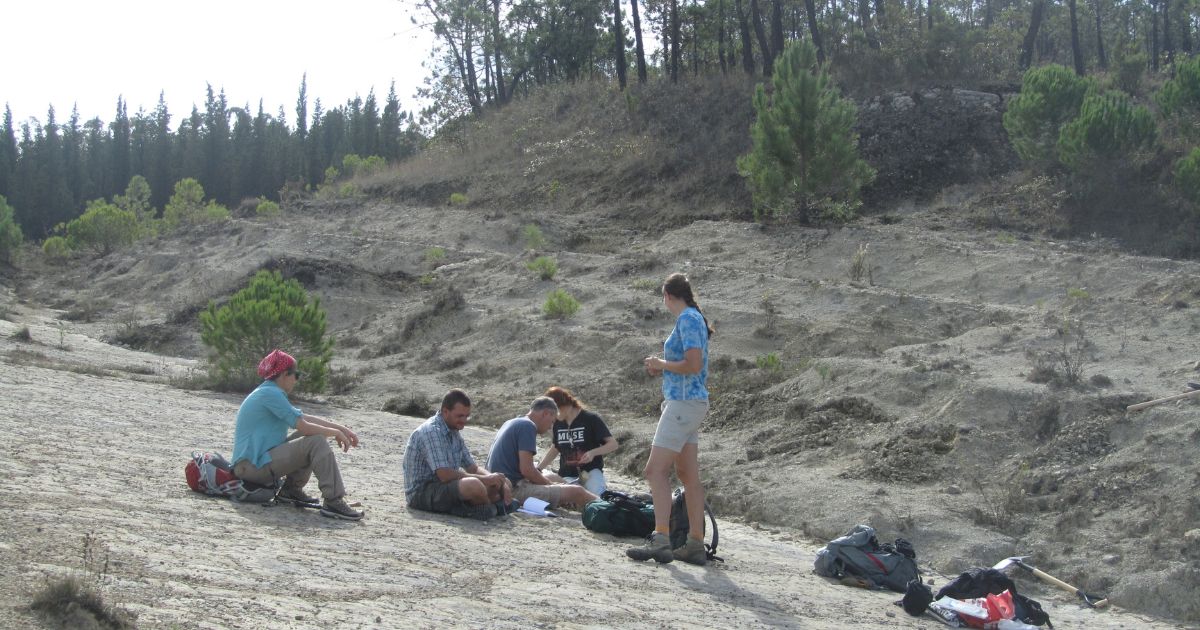Ocean acidification 183 million years ago sheds light on current climate change
MARE researcher Luís V. Duarte is co-author of the article ‘Ocean acidification at the Toarcian Anoxic Event captured by boron isotopes in the lime mud record’, recently published in the prestigious scientific journal Nature Communications Earth & Environment.
The study, led by the University of Bremen, reveals that during the Toarcian Anoxic Event — around 183 million years ago — the ocean underwent significant acidification, comparable to that predicted for the near future if CO₂ emissions continue to rise.
The research used an innovative technique: analysing boron isotopes present in calcareous mud deposits, bivalves and brachiopods, which preserve accurate records of the pH of the oceans at that time. This approach allowed scientists to reconstruct in great detail the marine chemistry during this period of environmental collapse.
The Toarcian Anoxic Event was marked by a major disruption in the global carbon cycle, resulting from the massive release of carbon dioxide by volcanic activity in the Karoo-Ferrar magmatic province. This release triggered a cascade of climatic effects: global temperature rise, loss of oxygen in the oceans and widespread acidification — a scenario that mirrors, on a natural scale, what is being driven today by human action.
According to the authors, this acidification had devastating impacts on marine life, especially on organisms with sensitive calcareous structures, such as corals and molluscs. The speed at which acidification occurred is also noteworthy, reinforcing the idea that the ocean can change rapidly when subjected to extreme climate stress.
In this way, the study reinforces the usefulness of geological records in predicting future risks and events. Based on this data, scientists warn that current ocean acidification could repeat the patterns of extinction and ecological collapse of the past if urgent global action is not taken.
To access the article, click HERE.
Written by Patrícia Carvalho
